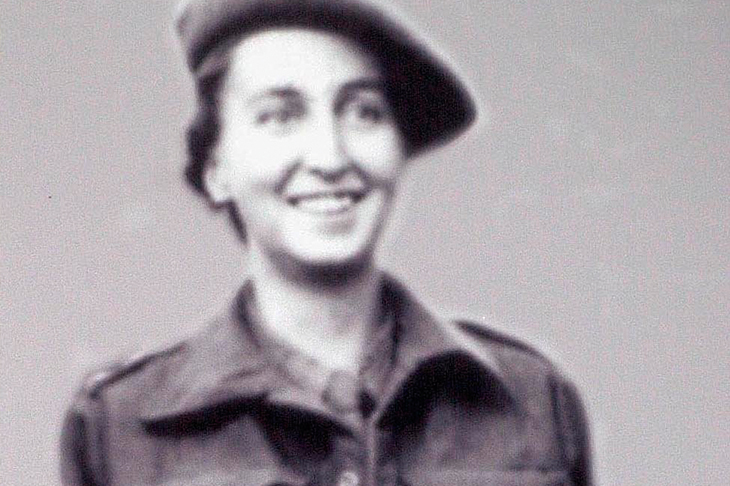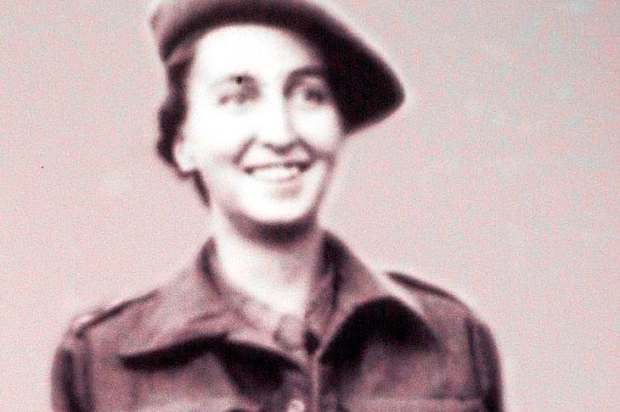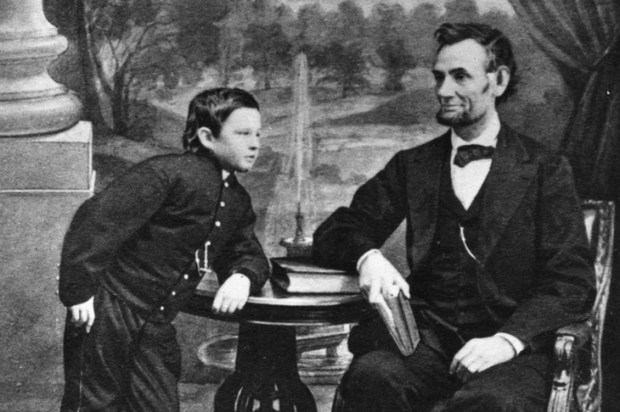‘Women,’ Captain Selwyn Jepson, SOE’s senior recruiting officer, once wrote, ‘have a far greater capacity for cool and lonely courage than men.’ This questionable assumption is not actually the reason why the women were recruited. That was down to their ability to move around enemy-occupied territory carrying messages, arms or heavy wireless sets without arousing as much suspicion as able-bodied men. But lonely courage was an essential virtue for the female agents, who had to face long weeks of keeping a low profile, with very little support, in between hours of terrifying activity. Most of them only met each other during training or, in several cases, in detention after capture.
The great strength of Rick Stroud’s book is that it does not further isolate the female agents by segregating each into her own chapter, as previous histories have tended to, but rather interweaves the women’s narratives through the story of SOE-supported resistance in Nazi-occupied France. What emerges is something rather greater than the sum of its parts: a fascinating story that shows just how much each agent depended on the judgments, courage and actions of their colleagues, French counterparts and London HQ, and how their individual contributions combined to great effect.
There were 39 women among the 400-plus agents in SOE’s French section. A third of them would not survive the war. Stroud focuses on six, whose diverse stories, achievements and fates provide a very personal and poignant way into this history.
The Brixton-born shop assistant Violette Szabo, although operational for just a few weeks, is perhaps the best known. Less familiar but increasingly remembered are Noor Inayat Khan, the Muslim Sufi princess who became the first radio operator infiltrated into France; Paris-born Pearl Witherington, who led a force of over 1,500 Maquis resisters in the summer of 1944; and the Polish Countess Krystyna Skarbek, a.k.a. Christine Granville, who secured the defection of a strategic Nazi garrison on an Alpine pass and single-handedly rescued three officers from imminent execution, among other achievements. Just as impressive were the one-legged American Virginia Hall, the only person to work for both SOE and its US equivalent; and the irrepressible Nancy Wake, who supported an escape route before having to flee on it herself, and was later parachuted back into France to organise arms, training and liaison with London for 7,000 maquisards.
Among the many stories here, one speaks volumes about the experiences of women in war. Learning that three female spies had been captured by the Maquis and were being beaten and raped, Wake had the women brought to her for interrogation. The first, just 17, denied all charges against her. Wake had her released and disciplined the men involved. The second, who had slept with a collaborator, was also released. The third, however, just as abused as the others, admitted to being a spy. Unable either to release or detain her, Wake told her she would be shot. She then provided her with clean clothes until the sentence could be carried out. When the same maquisards who had abused the three prisoners said they could not shoot a woman in cold blood, even if guilty, Wake called them cowards and said she would do it herself. The next day the spy was shot, standing against a tree, as her male equivalent would have been. Wake went on to kill several of the enemy in action.
As well as the female SOE agents’ stories, Stroud manages to explore some important supporting narratives. Among others, we learn fleetingly about the brave Agnès Humbert, who established an early Parisienne resistance network; and Mathilde Carré, ‘La Chatte’, a Resistance agent, turned double-agent, whose lover was sent to England as a spy and, ironically, also turned double-agent, but for the British. Key male traitors, such as the French priest and Nazi informer Robert Alesch and the double-agent Henri Déricourt, are also exposed, although much mystery still surrounds Déricourt. But it is the inadequacy of Maurice Buckmaster, SOE’s head of F-Section based in London, repeatedly dismissing evidence that his agents had been captured, that is the most shocking.
With so much impressive material, this is a whistle-stop tour, packed with anecdotes but dizzying in pace. Occasionally Stroud zooms in and we see ‘the pennants fluttering from whipping aerials’ as panzer tanks enter Paris, or the hooves of wounded horses ‘slipping on the bloody remains of the dead’ as the Nazis retreat. A longer book would have allowed for more attention to detail throughout; nevertheless this is a hugely engaging account, that weaves the women’s stories together with increasing momentum towards its poignant conclusion.
Got something to add? Join the discussion and comment below.
Get 10 issues for just $10
Subscribe to The Spectator Australia today for the next 10 magazine issues, plus full online access, for just $10.
You might disagree with half of it, but you’ll enjoy reading all of it. Try your first month for free, then just $2 a week for the remainder of your first year.














Comments
Don't miss out
Join the conversation with other Spectator Australia readers. Subscribe to leave a comment.
SUBSCRIBEAlready a subscriber? Log in